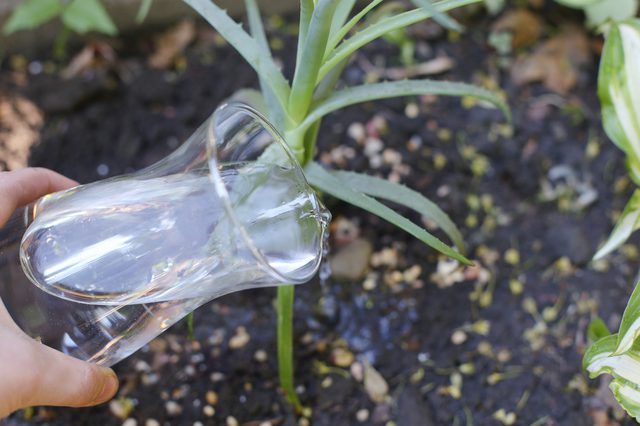Bulbs
Flower Basics
Flower Beds & Specialty Gardens
Flower Garden
Garden Furniture
Garden Gnomes
Garden Seeds
Garden Sheds
Garden Statues
Garden Tools & Supplies
Gardening Basics
Green & Organic
Groundcovers & Vines
Growing Annuals
Growing Basil
Growing Beans
Growing Berries
Growing Blueberries
Growing Cactus
Growing Corn
Growing Cotton
Growing Edibles
Growing Flowers
Growing Garlic
Growing Grapes
Growing Grass
Growing Herbs
Growing Jasmine
Growing Mint
Growing Mushrooms
Orchids
Growing Peanuts
Growing Perennials
Growing Plants
Growing Rosemary
Growing Roses
Growing Strawberries
Growing Sunflowers
Growing Thyme
Growing Tomatoes
Growing Tulips
Growing Vegetables
Herb Basics
Herb Garden
Indoor Growing
Landscaping Basics
Landscaping Patios
Landscaping Plants
Landscaping Shrubs
Landscaping Trees
Landscaping Walks & Pathways
Lawn Basics
Lawn Maintenance
Lawn Mowers
Lawn Ornaments
Lawn Planting
Lawn Tools
Outdoor Growing
Overall Landscape Planning
Pests, Weeds & Problems
Plant Basics
Rock Garden
Rose Garden
Shrubs
Soil
Specialty Gardens
Trees
Vegetable Garden
Yard Maintenance
How to Maintain Aloe Vera Plants
How to Maintain Aloe Vera Plants. Aloe vera doesn't mean "easy care" in any known language, but maybe it should. Commonly called medicine aloe or burn plant, aloe vera requires little attention or care to thrive if properly planted. Give it a wind-protected spot with well-draining soil and bright sun and your aloe is likely good to go.
Aloe vera doesn't mean "easy care" in any known language, but maybe it should. Commonly called medicine aloe or burn plant, aloe vera requires little attention or care to thrive if properly planted. Give it a wind-protected spot with well-draining soil and bright sun and your aloe is likely good to go.
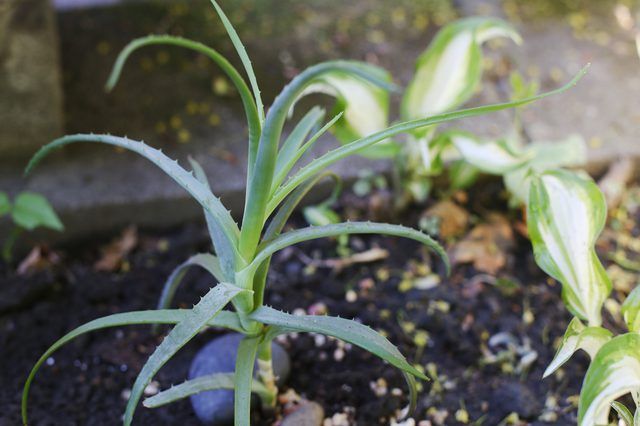
The best way to help your aloe vera plant to have a long and healthy life is to plant it in the right spot and meet its needs. This will promote blooming as well as keeping the plant safe from most pests and diseases that can attack aloe veras. As a first step, check your hardiness zone because aloe vera only thrives outdoors in U.S. Department of Agriculture plant hardiness zones 10 through 11.
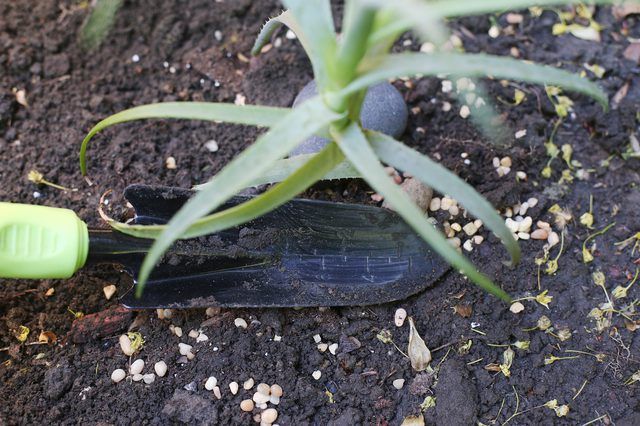
Aloe vera is an attractive succulent with long, fat leaves that emerge in a vase-shaped rosette. In late winter, a 3-foot tall stalk grows from the center of each rosette and bears yellow flowers. Once the flowers fade, you can trim back the central flower stalk if you think it looks untidy. This is also a good time to trim off any dead or damaged leaves, making the cuts close to the base of the leaf to maintain the plant's overall shape. When pruning, use tools that have been wiped with a cloth soaked in rubbing alcohol. This helps prevent the spread of disease.
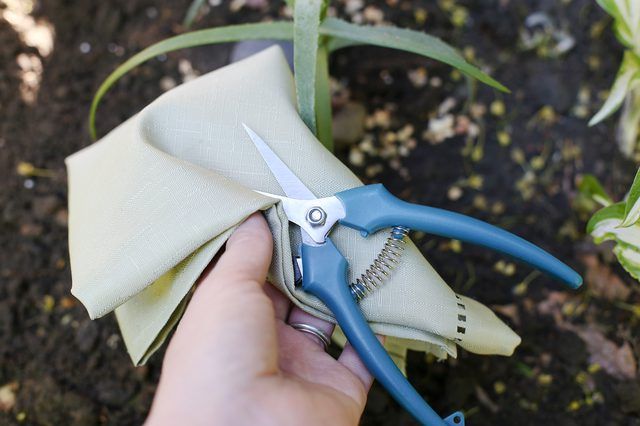
If you can't plant your aloe vera in well-draining soil, don't plant it at all. Aloe vera prefers sandy, gravelly or loamy soil with a pH of 7 to 8.5, and the plant will die in muddy or constantly wet soil. Sun is the second major requirement, although direct sun is not essential as long as the spot you choose is brightly lit. If your area is windy, pick a protected site. Each plant grows to a clump 2 to 3 feet tall and wide, so allow enough space for the aloe vera to grow.
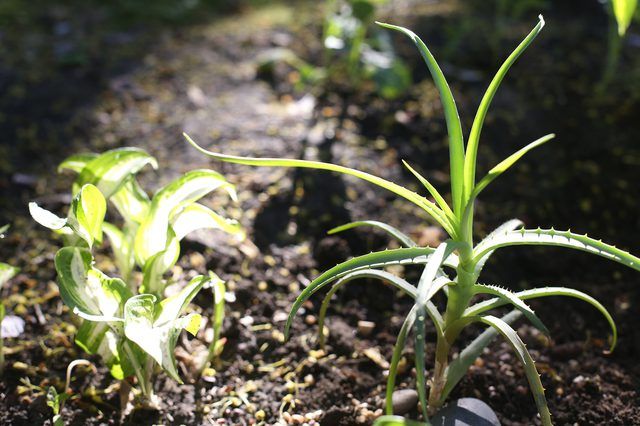
Aloe vera is drought-tolerant, and rainfall alone is often enough to keep aloe vera happy in most climates, especially coastal climates. But a deep watering every month or so also works well for this plant. If the fat leaves grow narrow and pinched, the aloe needs water. You don't need to fertilize outdoor aloe vera plants.
